Gods In The Sky: Asteroids In Ancient Egyptian Myths
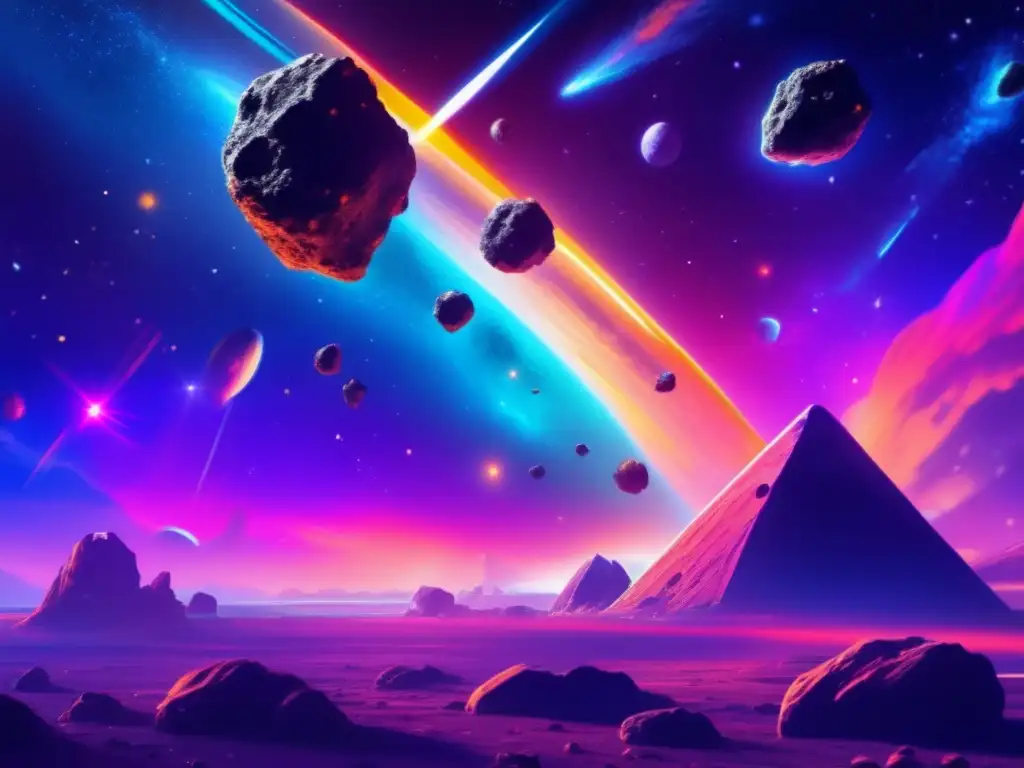
Introduction
Asteroids are among the most fascinating celestial objects. These remnants of the early solar system provide us with crucial clues to understand the origins and evolution of the solar system. But asteroids have also played an important role in human culture, inspiring myths, art, literature, and science fiction. In this article, we will explore the fascinating relationship between asteroids and ancient Egyptian mythology, one of the most complex and rich mythological systems of the ancient world.
Asteroids and Creation Myths
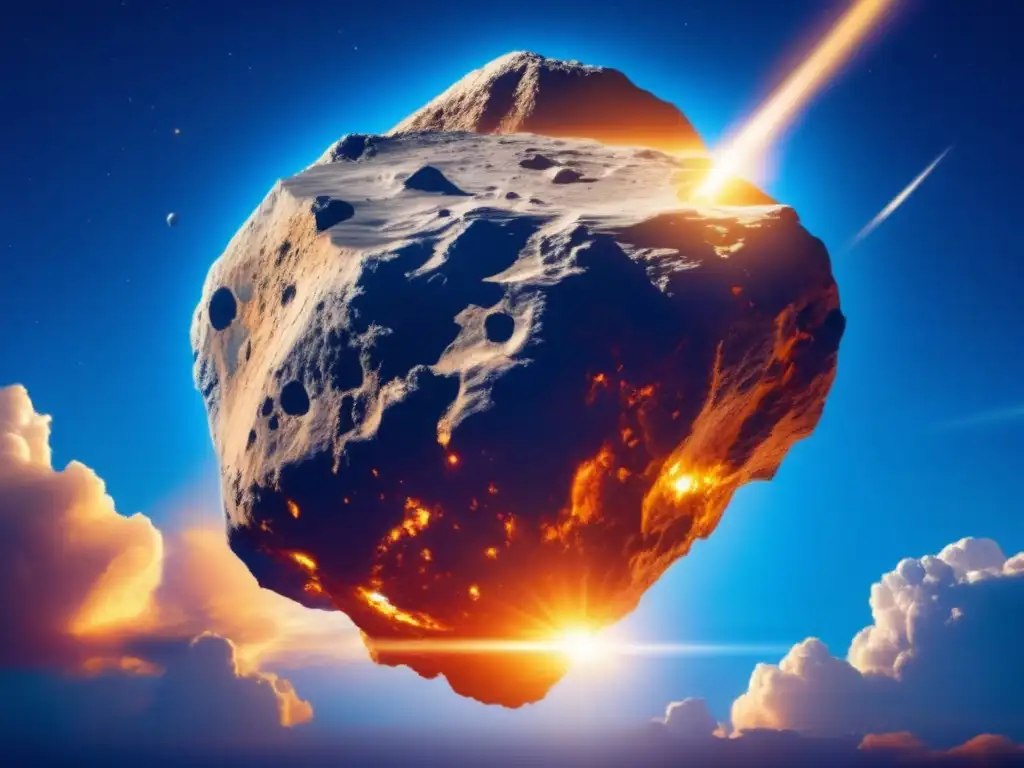
The Creation of the World
In ancient Egyptian mythology, the world was created by a cosmic egg that emerged from the swirling waters of Chaos. This egg contained the divine seeds of life, which were fertilized by the god Atum, representing the creative force of the universe. From the egg emerged the sun god Ra, who illuminated the world and became the ruler of the gods.
Asteroids played a crucial role in this creation myth, as they were seen as the fragments of the cosmic egg that had been scattered across the sky. These fragments were believed to contain the power and energy of creation, and were associated with the goddess Nut, the personification of the sky, who gave birth to the stars and planets.
The Death and Rebirth of Osiris
Another important mythic cycle in ancient Egyptian mythology is the story of Osiris, the god of fertility, agriculture, and the afterlife. According to the legend, Osiris was murdered by his brother Set, who cut his body into pieces and scattered them across Egypt. Osiris' wife Isis managed to retrieve and reassemble the body, and with the help of the god Anubis, embalmed it and turned it into the first mummy.
The scattered pieces of Osiris' body were believed to have transformed into the asteroids that can be seen in the sky, especially the three brightest ones: Ceres, Pallas, and Vesta. These asteroids were associated with different parts of Osiris' body: Ceres with his head, Pallas with his chest, and Vesta with his genitals.
The myth of Osiris was very important in ancient Egyptian religion, as it provided a powerful metaphor for the cycle of life, death, and rebirth of all living things, including humans. It also implied a deep connection between the earth and the sky, as well as the continuity and interconnectedness of the cosmos.
The Judgment of the Dead
In ancient Egyptian religion, the afterlife was a complex and hierarchical realm, where the souls of the dead had to face a series of trials and judgments before reaching their final destination. One of the most famous texts related to the afterlife is the Book of the Dead, a collection of spells, hymns, and instructions written on papyrus or inscribed on tombs.
Asteroids were also present in the concept of the afterlife, as they were considered as aspects of the celestial court that judged the souls of the deceased. The asteroid goddess Isis-Nephthys was often depicted as a guide and protector of the dead, who led them through the dangerous realms of the underworld and helped them overcome various obstacles.
Asteroids and Astrology

The Zodiac and the Houses
Astrology was a very important aspect of ancient Egyptian culture, and was closely linked to astronomy and mathematics. The Egyptians were among the first civilizations to develop a sophisticated system of astrology, based on the observation of the movements of the stars, planets, and constellations.
Asteroids were also included in the Egyptian zodiac, which was divided into twelve houses, each one of them represented by a major deity. The position and alignment of the asteroids in relation to the zodiac signs and houses were believed to have an influence on the fate and personality of individuals.
The Planetary Influences
The Egyptians also believed that different celestial bodies had different properties and influences on human life and destiny. The planets were considered as powerful gods with specific attributes and personalities, such as Ra (the sun), Thoth (Mercury), Maat (Venus), Amun (Jupiter), and Set (Mars).
Asteroids were also associated with specific deities and qualities, such as Ceres (fertility), Pallas (wisdom), Vesta (sacredness), and Juno (marriage and partnership). Their interactions with the other planets and asteroids were seen as indicators of various aspects of human experience, such as love, success, health, and fortune.
Asteroids and Art
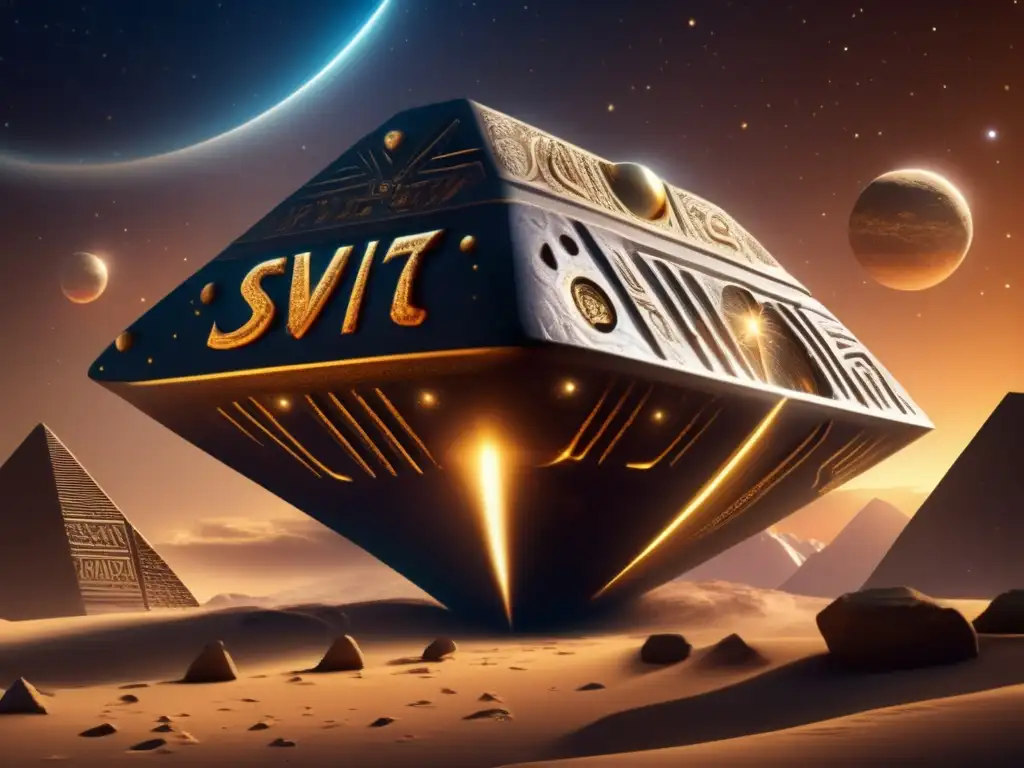
The Symbolism of Asteroids
Asteroids have been a source of inspiration for many artists throughout history, from painters and sculptors to writers and filmmakers. In ancient Egyptian art, asteroids were often depicted as stars or small circles, sometimes with a cross or a dot in the center.
These images had a variety of meanings, depending on the context and the period. They could represent the eyes of the gods, the souls of the deceased, the stars of the zodiac, or the fragments of the cosmic egg. They could also serve as decorative elements, emphasizing the beauty and complexity of the celestial world.
The Astrological Symbols
Another important aspect of ancient Egyptian art is the use of symbols and hieroglyphs to convey complex concepts and ideas. Astrology and astronomy were no exception, and many symbols and signs were developed to represent the various celestial bodies and phenomena.
Asteroids were often symbolized by specific signs, such as the sickle (Ceres), the shield (Pallas), the fire (Vesta), or the peacock (Juno). These symbols could be combined with other elements, such as animals, plants, or human figures, to create intricate and powerful images.
Frequently Asked Questions

-
Were ancient Egyptians aware of the scientific nature of asteroids?
No, the ancient Egyptians did not have access to modern scientific knowledge about asteroids. However, they had a deep appreciation and understanding of the celestial world, based on their observations and interpretations of the natural phenomena.
-
Did the Egyptians worship asteroids as gods?
No, the Egyptians did not worship asteroids as independent deities. They saw them as manifestations of the divine power and order of the universe, and integrated them into their mythological and astrological systems accordingly.
-
Are there any temples or monuments dedicated to asteroid deities?
No, there are no specific temples or monuments dedicated to asteroid deities in ancient Egypt. However, many temples and tombs contain references and depictions of celestial objects and beings, including asteroids.
-
What is the role of asteroids in modern Egyptian culture?
Asteroids are not a major cultural or religious topic in modern Egypt, but they have been studied and admired by scientists, astronomers, and space enthusiasts around the world.
-
Are there any modern artworks that depict asteroids in an Egyptian style?
Yes, there are many modern artworks that combine the motifs and styles of ancient Egyptian art with the imagery and symbolism of asteroids. These works reflect the ongoing fascination and appreciation of the timeless beauty and mystery of the cosmos.
Conclusion
Asteroids have been an important part of human culture for thousands of years, inspiring myths, art, and science. In ancient Egypt, they were seen as celestial fragments of the divine creation, as powerful symbols in astrology and mythology, and as a source of awe and wonder. The study of ancient Egyptian civilization and its relationship with asteroids can provide us with valuable insights into the human quest for understanding and meaning in the face of the vast cosmos.
Additional Resources
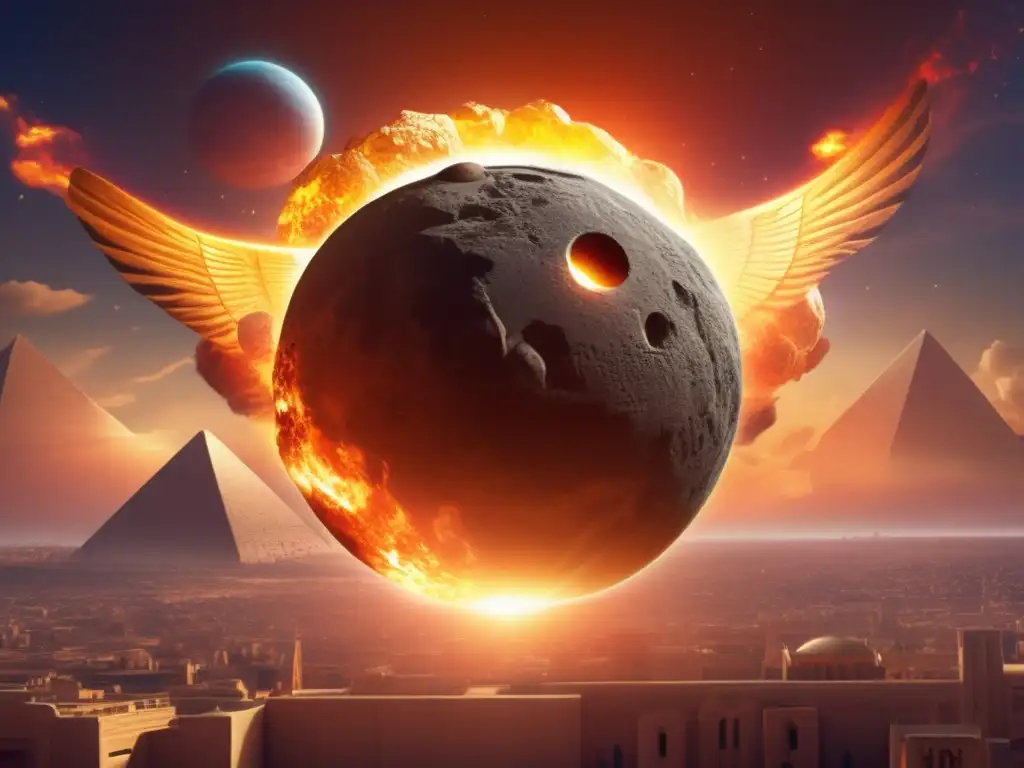
- Egyptian Religion | Britannica
- Egyptian Astronomy | Ancient History Encyclopedia
- Dawn Mission to Vesta and Ceres | NASA
- Cosmology and Cosmogony | The Met Museum
 Supernatural Sky: Asteroids In Aztec Religious Texts
Supernatural Sky: Asteroids In Aztec Religious Texts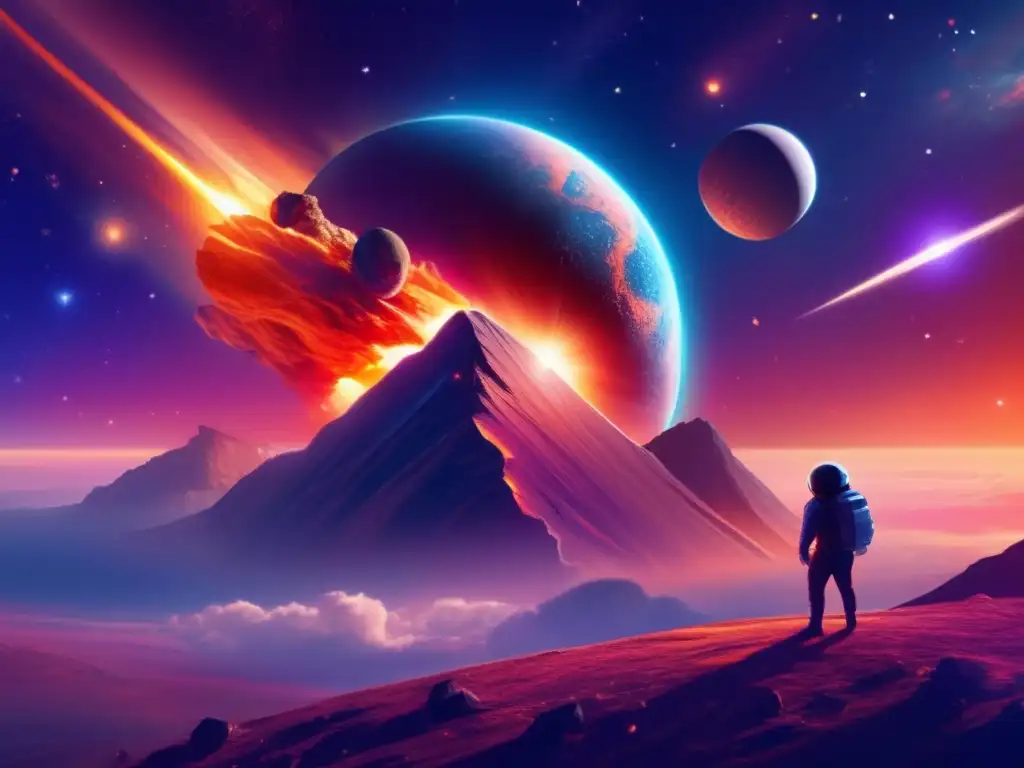 The Falling Star: Asteroids In Old Irish Folklore
The Falling Star: Asteroids In Old Irish Folklore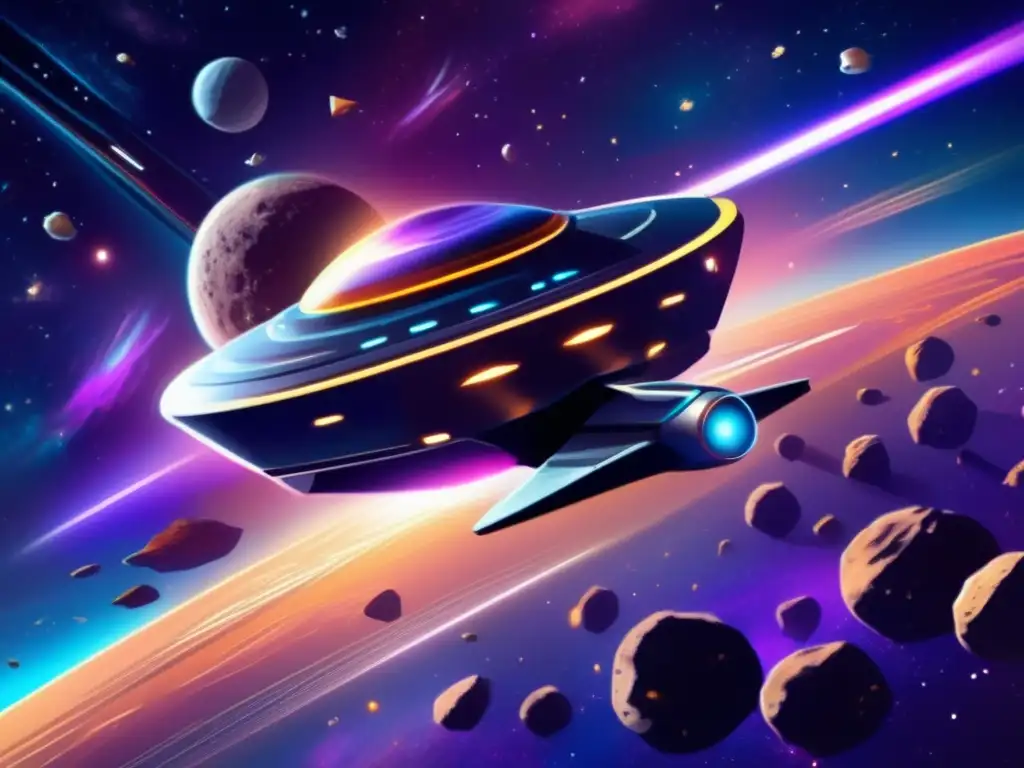 Celestial Significance: Asteroids In Persian Epic Poetry
Celestial Significance: Asteroids In Persian Epic PoetryIf you want to discover more articles similar to Gods In The Sky: Asteroids In Ancient Egyptian Myths, you can visit the Asteroid Mythology category.
Leave a Reply

Articulos relacionados: